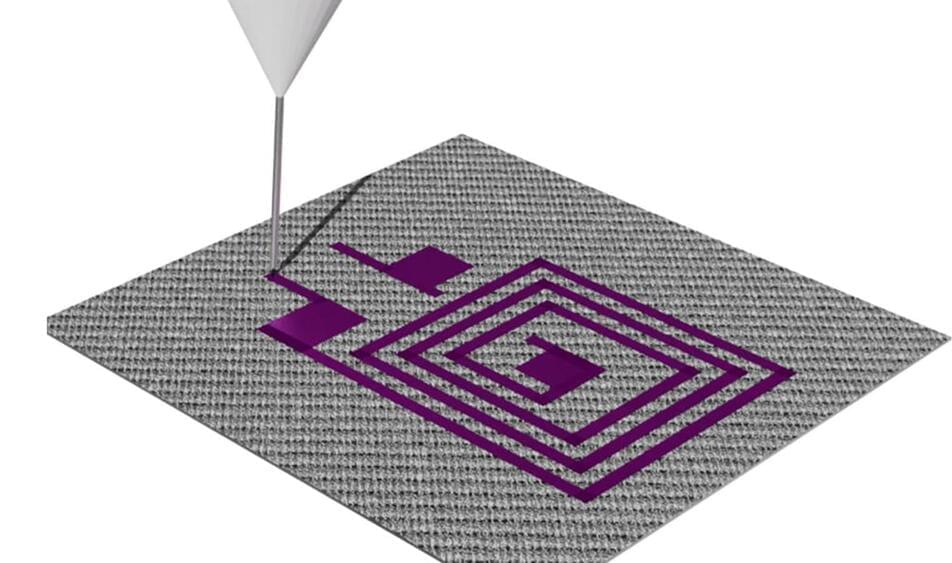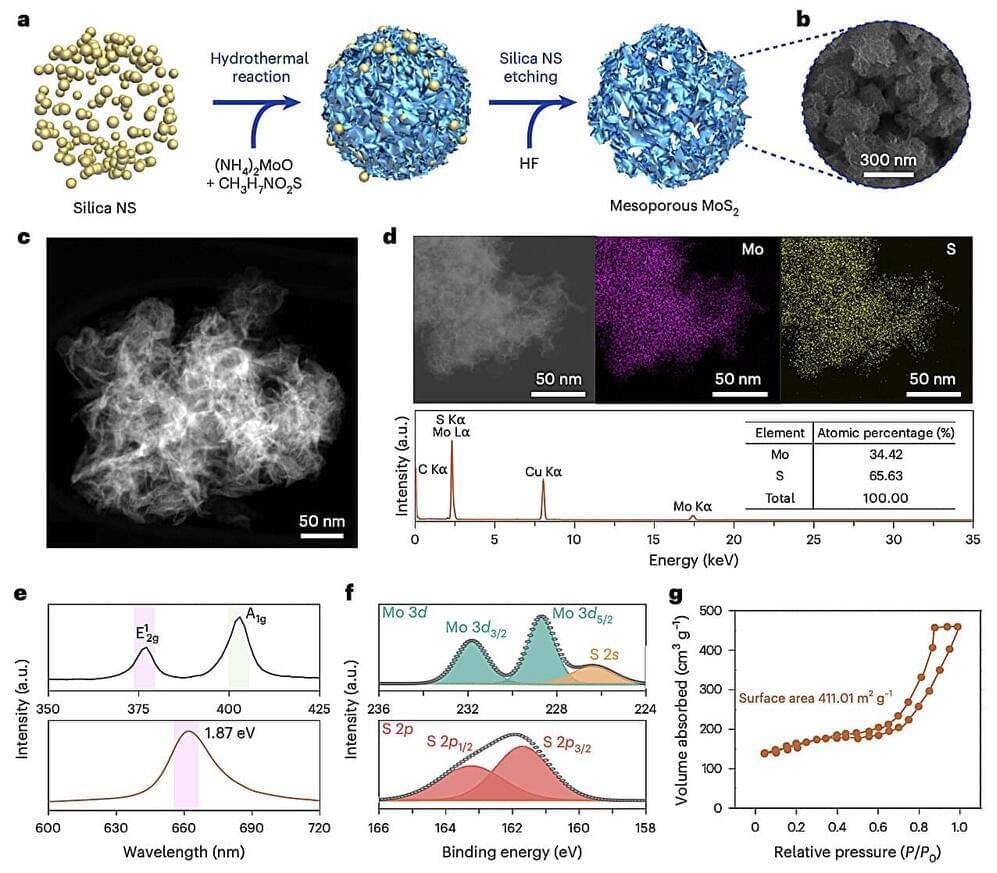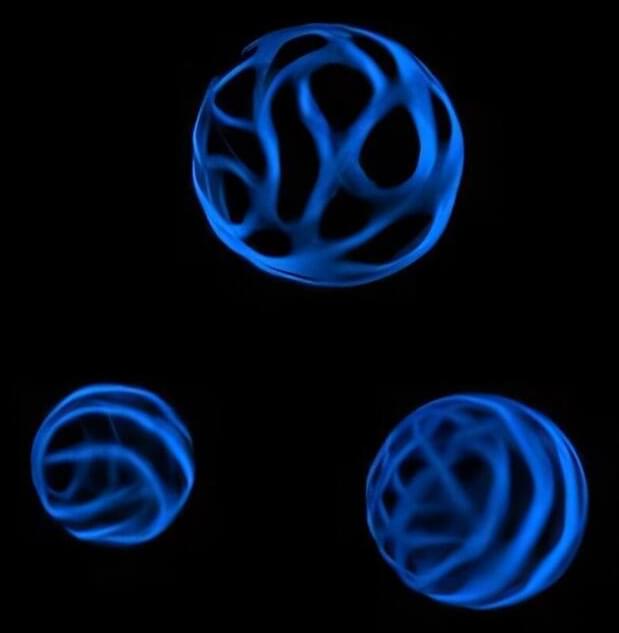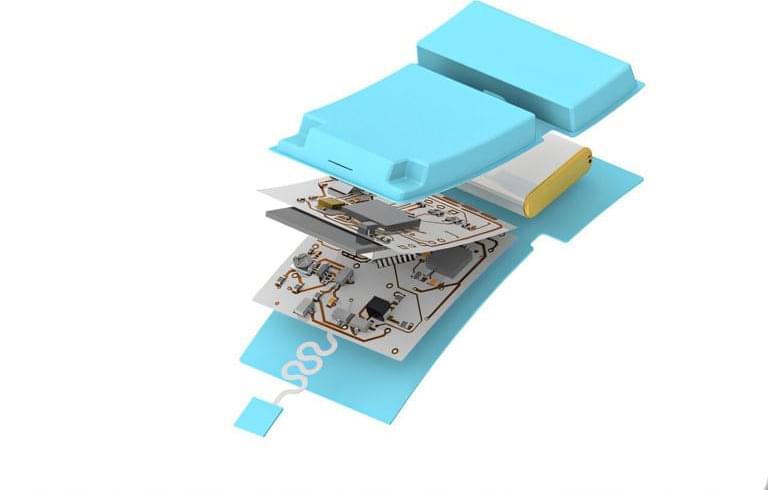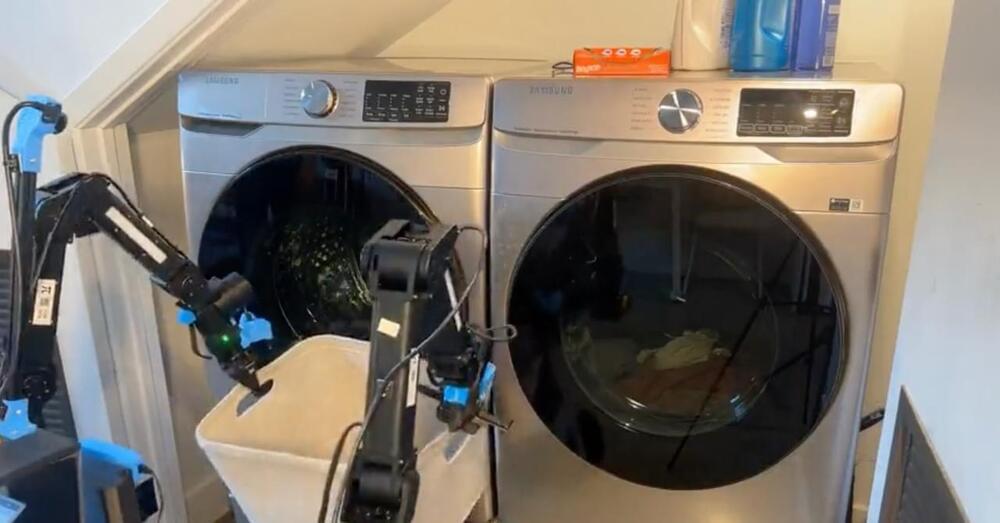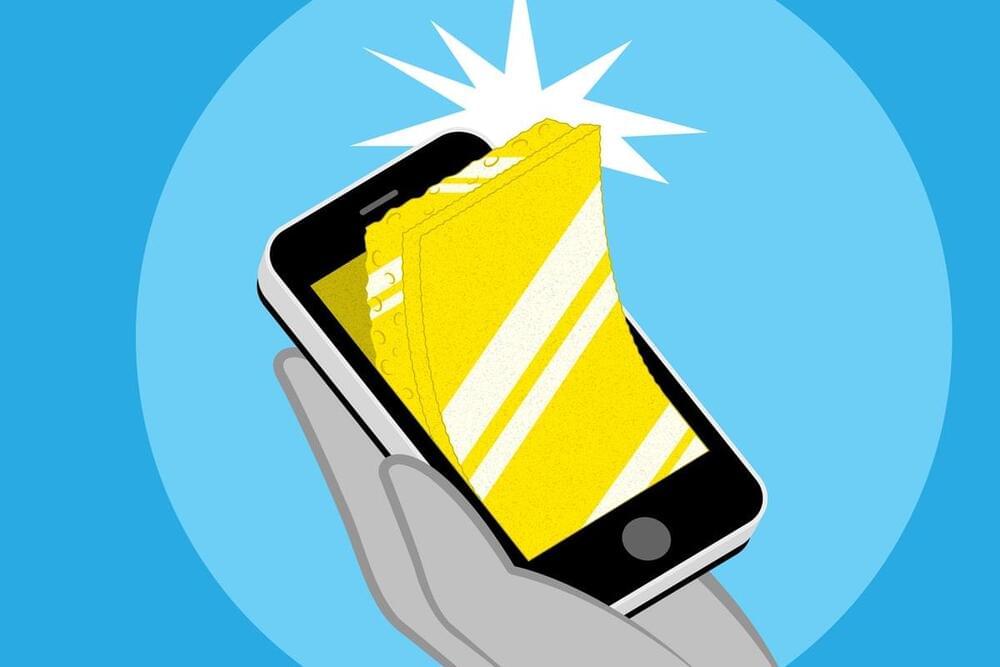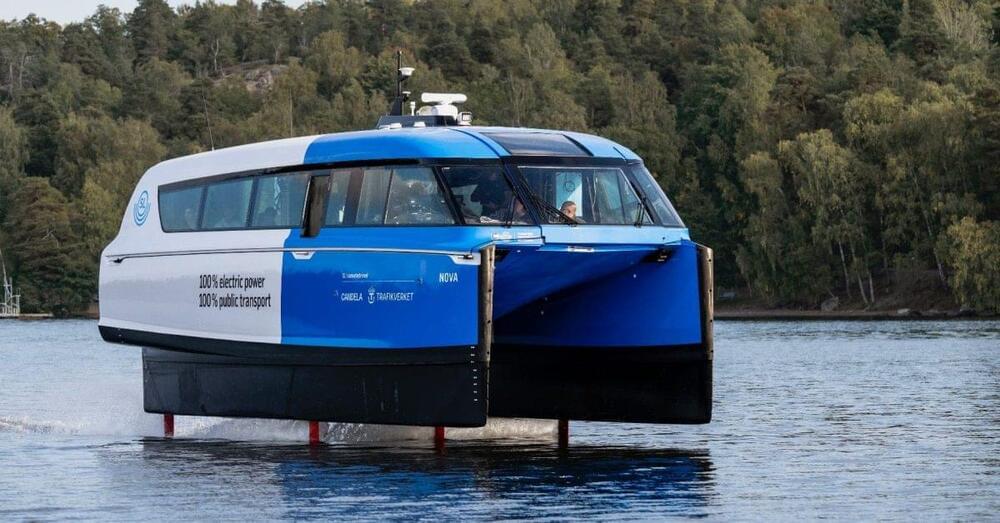The next step for fully integrated textile-based electronics to make their way from the lab to the wardrobe is figuring out how to power the garment gizmos without unfashionably toting around a solid battery. Researchers from Drexel University, the University of Pennsylvania, and Accenture Labs in California have taken a new approach to the challenge by building a full textile energy grid that can be wirelessly charged. In their recent study, the team reported that it can power textile devices, including a warming element and environmental sensors that transmit data in real-time.
The efficiency and performance of photovoltaics (PVs) have improved significantly over the past decades, which has led to an increase in the adoption of solar technologies. To further enhance the performance of solar cells, energy researchers worldwide have been devising and testing alternative design strategies, leveraging different materials and cell structures.
A new method developed by Penn State biologists allows them to turn stripped-down plant cells into other types of cells, similar to the way stem cells differentiate into different cell types. Using this method, the research team explored the banding patterns that increase the stability of plant cell walls—much like the corrugated patterns in cardboard—and how they are created. Additionally, the researchers revealed how the assembly of these structures can go astray in different mutant plant cells, which they said could ultimately inform methods to break down plant cells for biofuels.
A key challenge in the effort to link brain activity with behavior is that brain activity, measured by functional magnetic resonance imaging (fMRI), for instance, is extraordinarily complex. That complexity can make it difficult to find recurring activity patterns across different people or within individuals.
In a new study, Yale researchers were able to take fMRI data, reduce its complexity, and in doing so, uncover stable patterns of activity shared across more than 300 different people. The findings, researchers say, are a promising step forward in uncovering biomarkers for psychiatric disorders.
The study was published Sept. 24 in the journal PLOS Biology.
A phishing campaign dubbed ‘Phish n’ Ships’ has been underway since at least 2019, infecting over a thousand legitimate online stores to promote fake product listings for hard-to-find items.
Unsuspecting users clicking on those products are redirected to a network of hundreds of fake web stores that steal their personal details and money without shipping anything.
According to HUMAN’s Satori Threat Intelligence team that discovered Phish n’ Ships, the campaign has impacted hundreds of thousands of consumers, causing estimated losses of tens of millions of dollars.
Pick and place bots autonomously doing household chores. Progress! 🦾🤖
The idea of a robot that does a wide range of household chores, from unloading the dryer to folding laundry to cleaning up a messy table, has long seemed like pure science fiction—perhaps most famously embodied by the 1960s fantasy that was Rosey in The Jetsons.
Physical Intelligence, a startup in San Francisco, has shown that such a dream might actually not be so far off, demonstrating a single artificial intelligence model that has learned to do a wide range of useful home chores—including all of the above—by being trained on an unprecedented amount of data.
The feat raises the prospect of bringing something as magical and generally capable as other AI models like ChatGPT into the physical world.
The search engine will provide conversational answers to users about current events on Meta AI.
In space exploration, long-distance optical links can now be used to transmit images, films and data from space probes to Earth using light. But in order for the signals to reach all the way and not be disturbed along the way, hypersensitive receivers and noise-free amplifiers are required.
A self-building sponge that efficiently collects gold could eliminate some harsh methods used to process e-waste.
By Ben Guarino
As Candela’s P-12 gracefully flew over the waterways in Stockholm this morning, the event marked the first-ever commercial operation of a hydrofoil electric ferry.
It’s been a long time coming for the P-12, with years of development resulting in the first images of the boat released over two years ago and testing getting started only last year.
Now the first Candela P-12 in commercial operation, named “Nova”, set out this morning from Tappström, quickly reaching its destination at Stockholm City Hall. The 15 km (9 mile) journey took just 30 minutes, or around half the time it normally takes by car or public transit.
